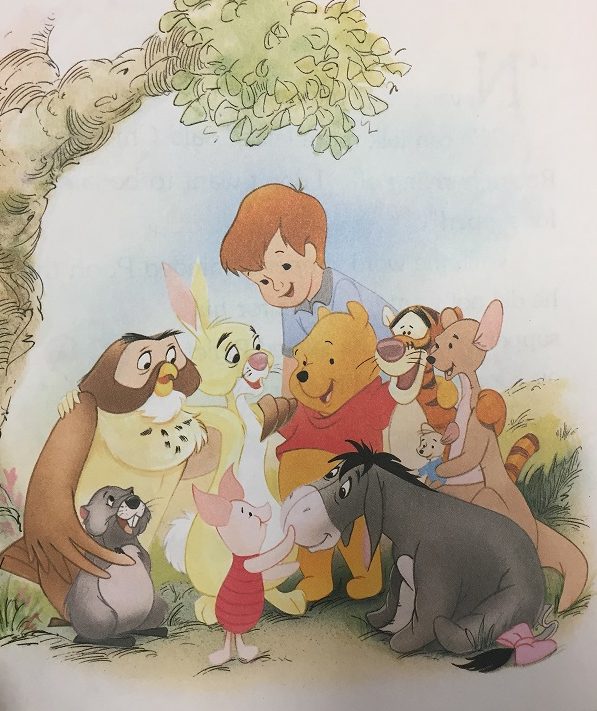Milne and Mental Health
A.A. Milne’s beloved Winnie the Pooh books have been the center of children’s lives since the 1920s, but the loveable characters have been looked at from a different perspective in recent years; from online quizzes to peer-reviewed academia, fans and even psychologists have connected each main character with a slew of disorders.
December 13, 2016
The Hundred Acre Woods is home to Christopher Robin and his furry friends, but what if there’s more to the stories than just a boy and some talking animals? Milne’s characters were based on his son and the animals they would visit at the zoo, so it would be perhaps fallacious to assume that his intent was anything other than to entertain children. But developmental pediatrician Sarah Shea from the Canadian Medical Association published “Pathology in the Hundred Acre Wood” wherein she and her peers summarized, analyzed, and unofficially diagnosed the characters. Here’s a snapshot of what they concluded:
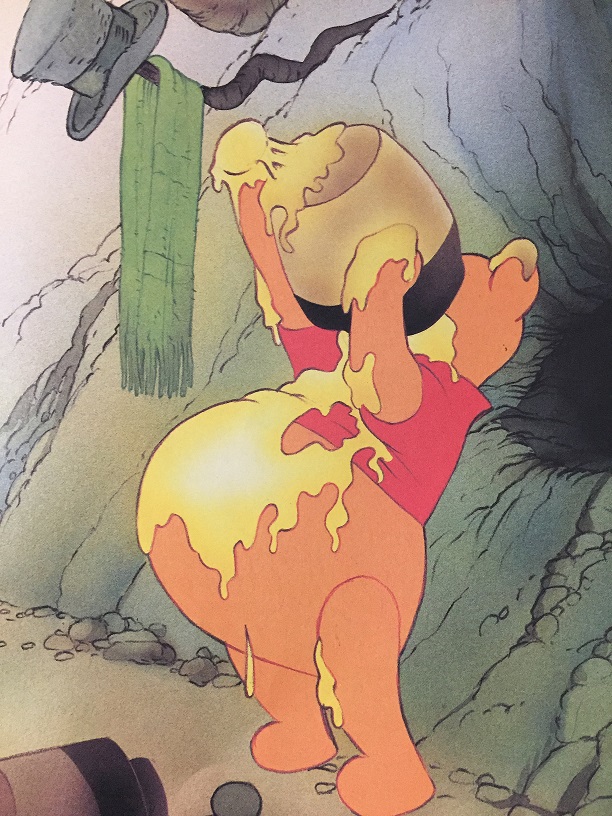
Winnie the Pooh: Binge Eating Disorder and Obsessive-Compulsive Disorder
This bear enjoys honey – a lot – and will put himself in harm’s way to get some. Shea believes this presents as obsessive-compulsive disorder, which is further supported by the many times he has to count and recount things like items in his house or knocks on his door.

Piglet: Anxiety
This one is pretty obvious; Piglet has an anxiety disorder. Everything in his life is worthy of panic, he becomes flustered easily, and his worrying prevents him from being productive and even enjoying time with his friends.
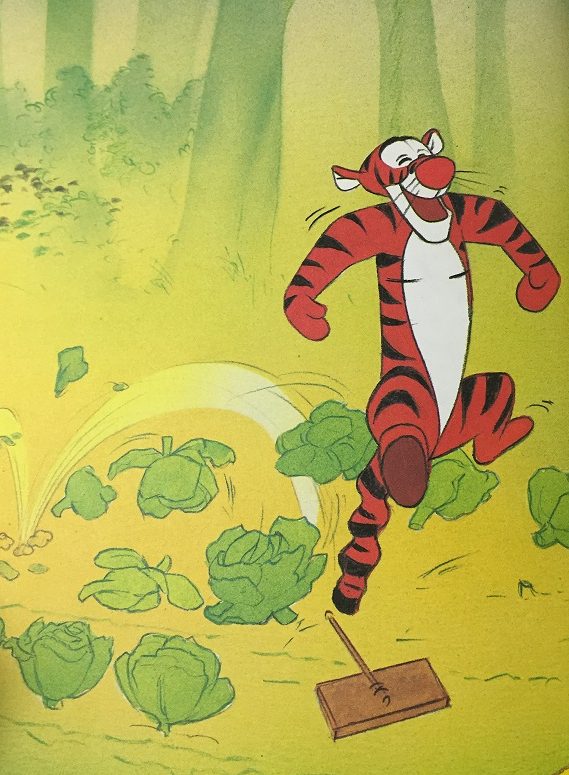
Tigger: Attention Deficit Hyperactivity Disorder
This Bengal tiger explodes with energy and has difficulties focusing on one thing at a time, both habits coming from his impulsive behavior. Shea believes he has little to no awareness of consequences, evidenced by his willingness to try anything, do anything, and even put his friends at risk.

Eeyore: Depression
This gloomy donkey is rarely seen with the rest of the gang; they usually stumble upon him lying around or trying to find his tail. He’s expressed numerous times how dull his life is. He’s said things like “I’d look on the bright side if I could find it” and “I was so upset, I forgot to be happy.” Shea believes, at the least, that he is pessimistic, but thinks he is on a quick road to a depressive state.
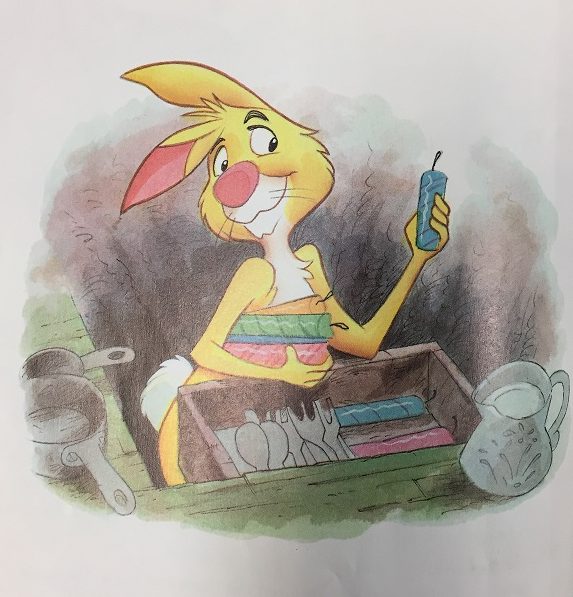
Rabbit: Obsessive-Compulsive Disorder
Rabbit likes his life to play out very specifically and gets very fidgety when things aren’t to his liking. He frequently organizes his friends into groups and rankings, always putting himself as the leader, even when they object. Along with his frequent, irrational fears, it’s very possible that Rabbit has a form of OCD. In addition, he exhibits forms of narcissism; being overly preoccupied with himself, and even claiming that he has brains while “the others have fluff.”
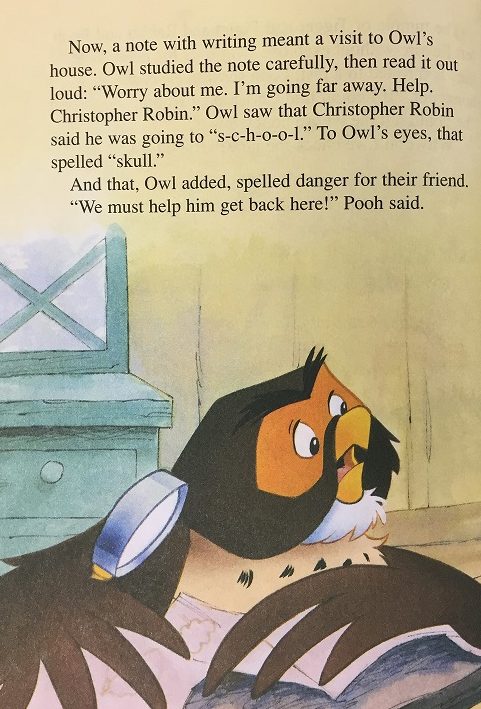
Owl: Dyslexia
Owl is known as the smartest and wisest animal in the Hundred Acre Woods, but his notes are always jumbled and he tends to read signs wrong. He has signed his name “W-O-L” and also tends to read things aloud, both signs of dyslexia.
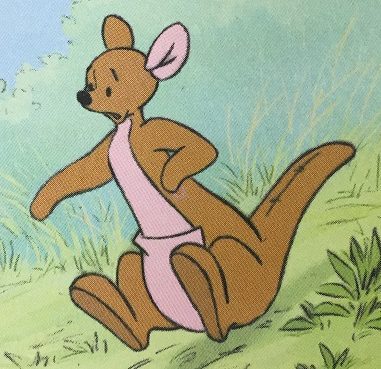
Kanga: Social Anxiety Disorder
Sweet, motherly Kanga couldn’t possibly have anything, right? Fans have concluded that she has social anxiety disorder, more specifically towards her son Roo, because she is very controlling of him and panics whenever he tries to go out and do things on his own.
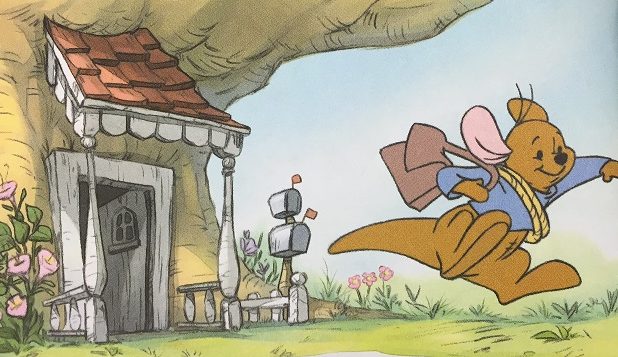
Roo: Autism
Kanga’s little son Roo displays hyperactivity and impulsivity, but because these behaviors are typical for his age, this isn’t enough to diagnose him. However, Shea and her associates make a prediction about his future: his mother’s control will lead him to become a rebellious, angst-ridden teenager who is easily influenced by others, namely his best friend, Tigger.
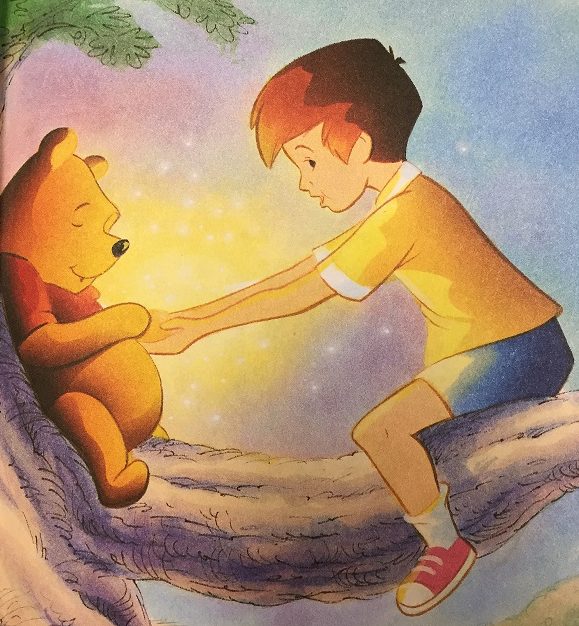
Christopher Robin: Schizophrenia
The one that struck my heart the most was Christopher Robin. While Shea believes that he does not have a diagnosable condition, there is worry about his lack of parental supervision. However, many fan sites believe that this adventurous little boy has schizophrenia – all the characters are just imaginary figures of Robin’s stuffed animals brought to life. He seems to spend all of his time in this world he’s created, possibly to the point where he has lost touch with reality.


